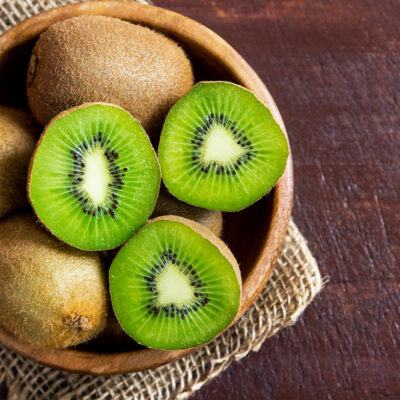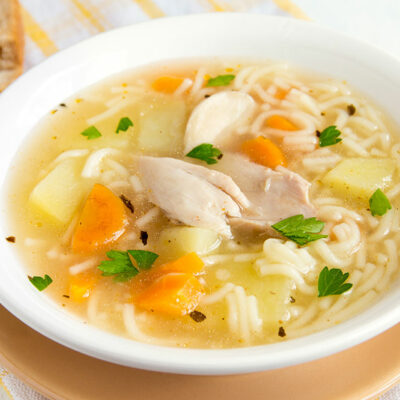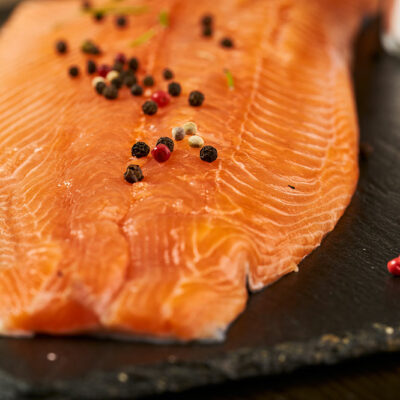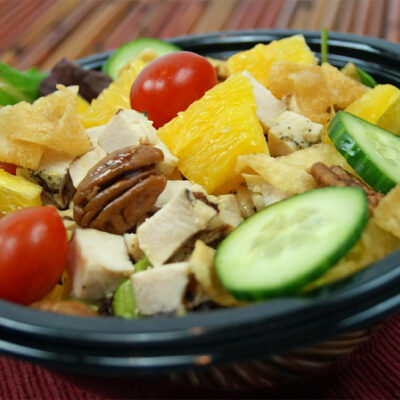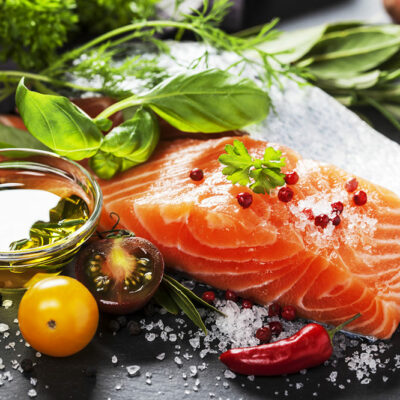
Foods to eat and avoid for macular degeneration
Macular degeneration is a condition that deteriorates the center of the retina, resulting in compromised vision. There are two types of macular degeneration: wet and dry, both of which lead to loss of sight. However, wet macular degeneration also accompanies leaky blood vessels that grow under the retina as a symptom and impacts said condition. This article discusses foods to eat and avoid to relieve the symptoms associated with macular degeneration. Foods to eat: Corn, carrots, collard greens, spinach, red peppers, and sweet potatoes Colorful and pigmented vegetables are great for one’s overall health, but they’re especially recommended to protect the cells responsible for vision. Vegetables high in carotenoid should be one’s go-to option to maintain good vision and find relief from macular degeneration. Berries, oranges, grapefruit, kiwi, and pineapple Vitamin C is another potent source for good eye health. Apart from preventing vision loss, it also helps the body build collagen that helps build strong blood vessels in and around the eyes. This helps avoid the leaky blood vessels that tend to grow under the retina in case of wet macular degeneration. Fish, nuts, and seeds These foods are rich in omega-3 fatty acids, which can potentially lower the risk of developing macular degeneration and slow down the symptoms of the condition.
Read Article 